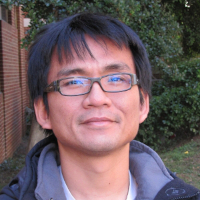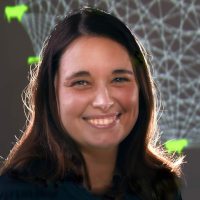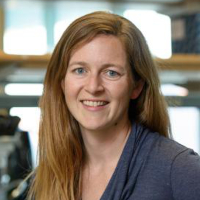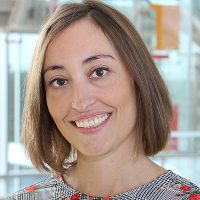Tony Jhwueng (Feng-Chia University, Taiwan, Statistics)
ZoomModeling rate of adaptive trait evolution using Cox–Ingersoll–Ross process: An Approximate Bayesian Computation approach Abstract: Over the past decades, the Gaussian process has been widely used to study trait evolution. In particular, two members of Gaussian processes, Brownian motion and the Ornstein-Uhlenbeck process, have been frequently applied for describing continuous trait evolution. Models have been …









